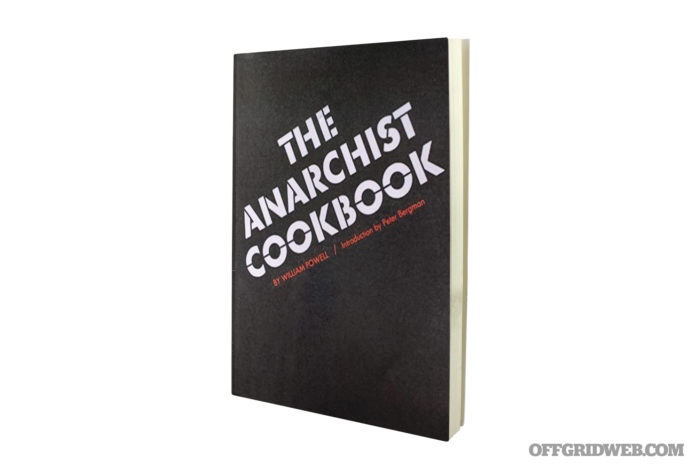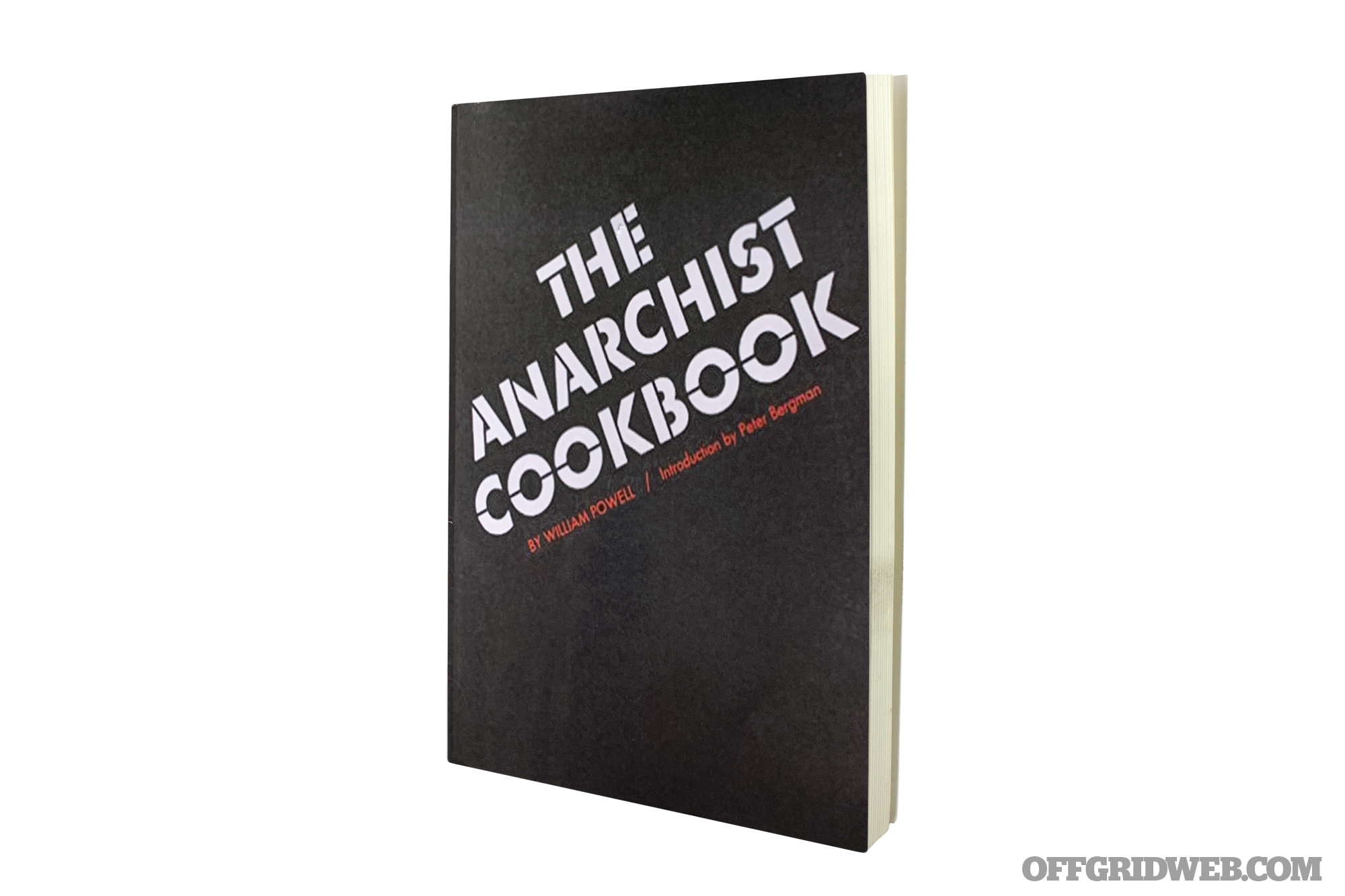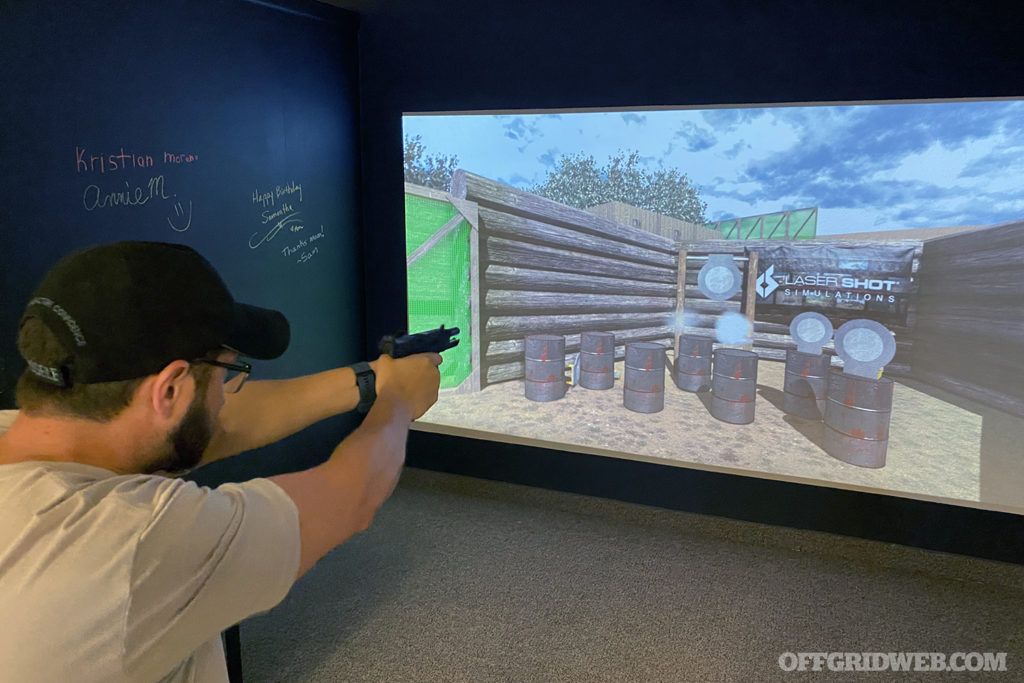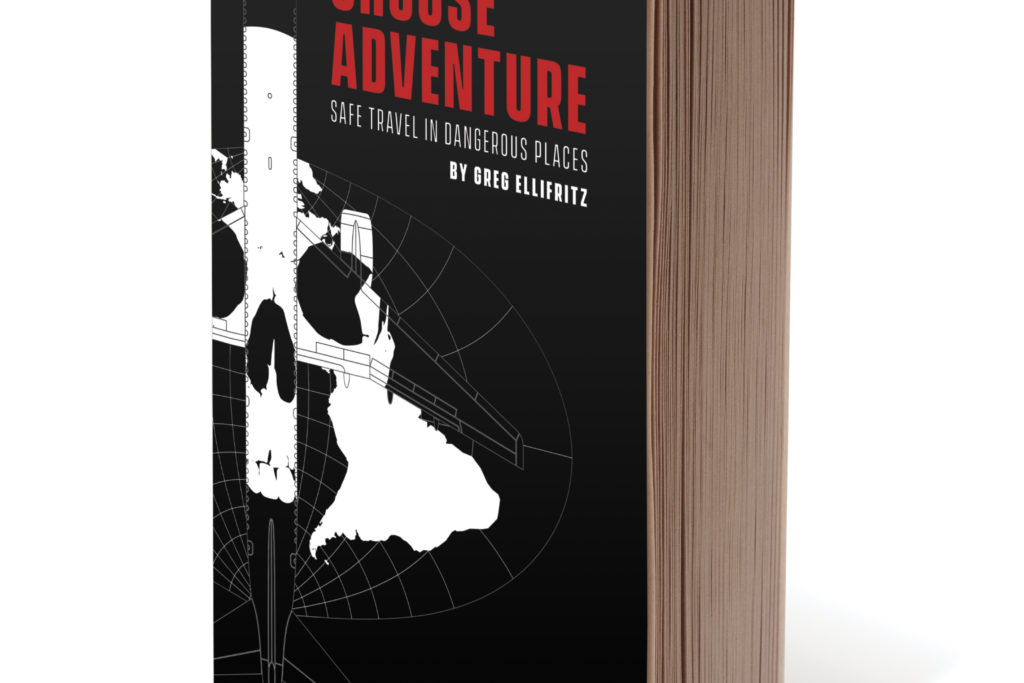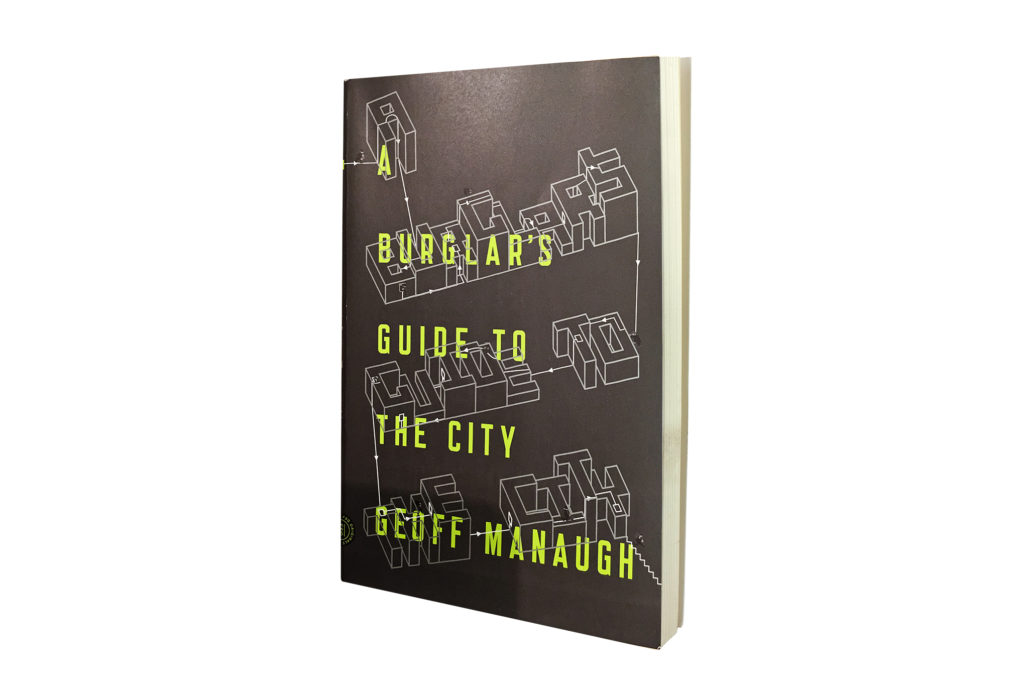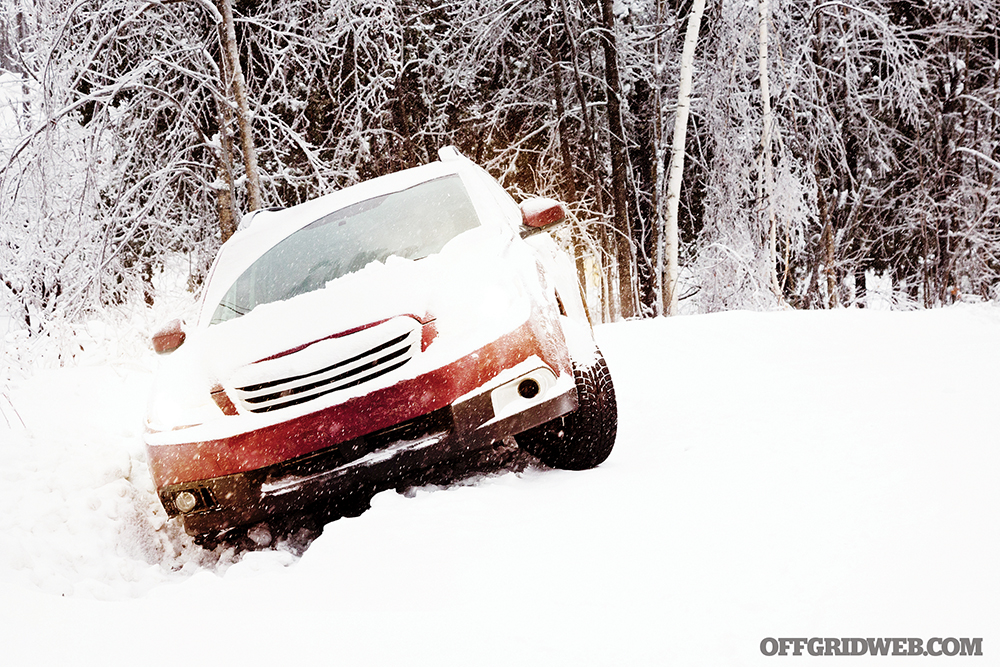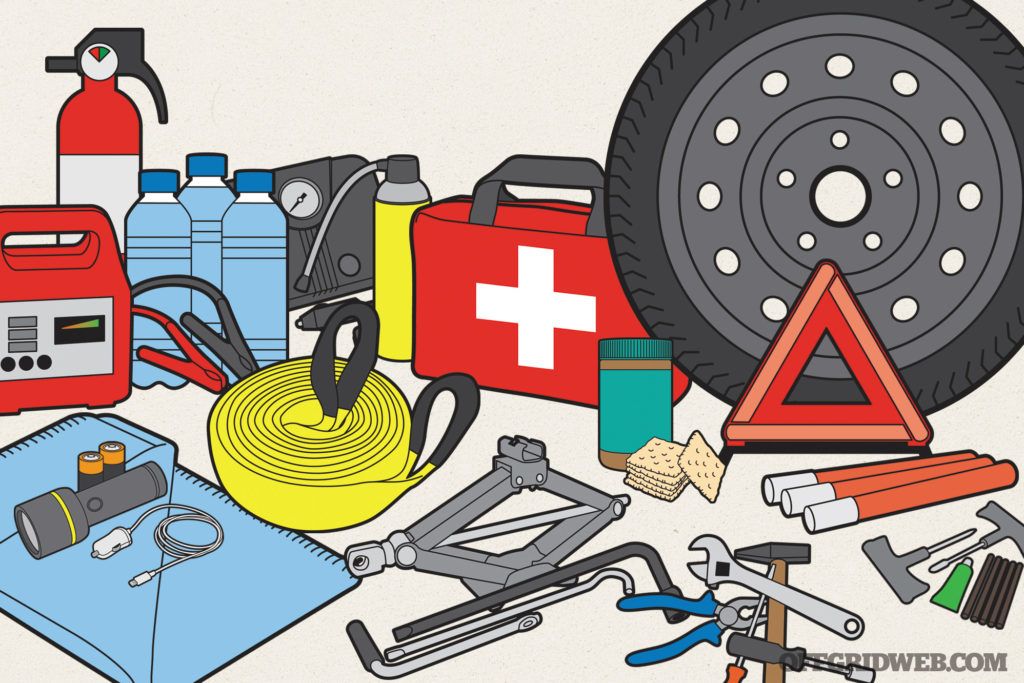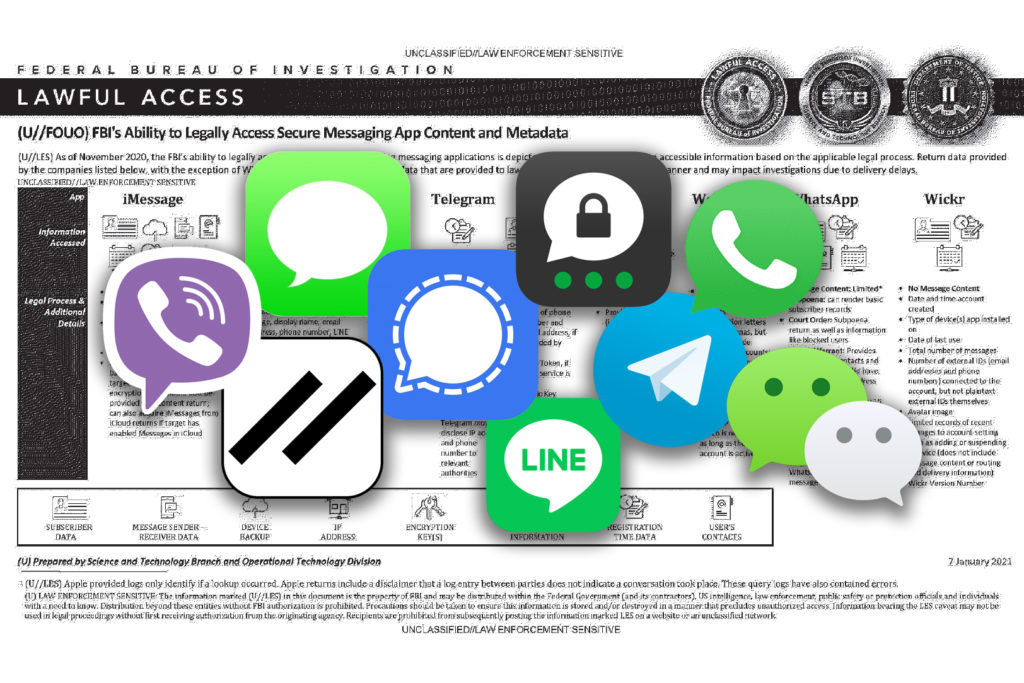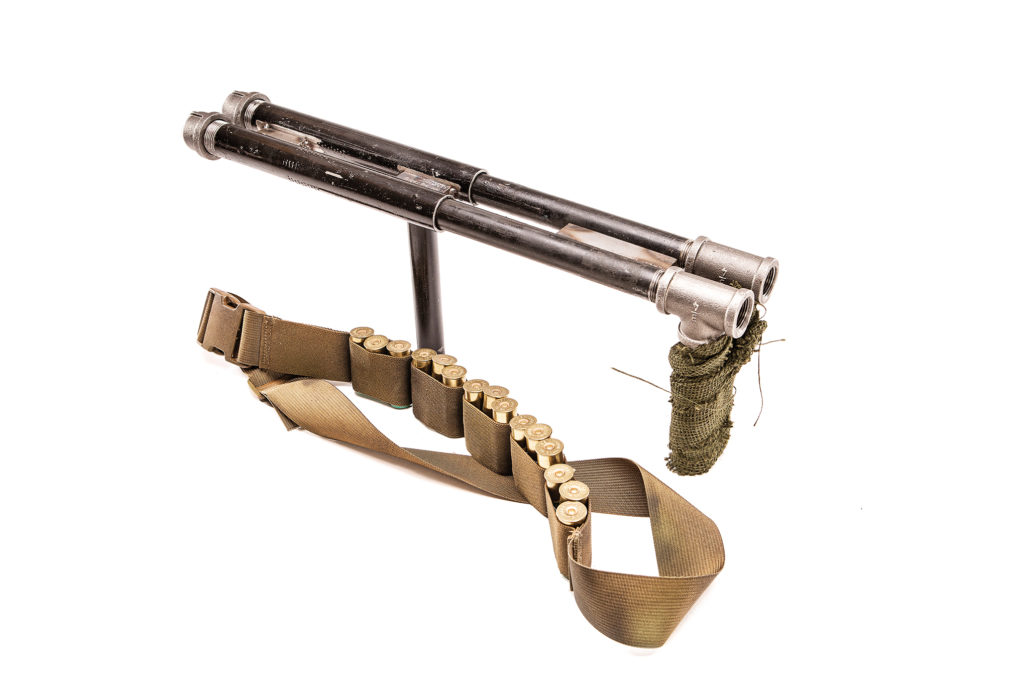Disclaimer: The Anarchist Cookbook contains techniques that may be dangerous and/or illegal in some jurisdictions. Check your local laws and do not attempt to replicate its contents without proper training and safety precautions.
Our Review of The Anarchist Cookbook
The Premise: This book was promoted as a manual for guerrillas to overthrow a tyrannical government. It includes recipes for all manner of weapons, explosives, and drugs, and also directions for sabotage, surveillance, and improvised weapon use. Originally published in 1971, it was envisioned as a compendium of knowledge to fight what the author considered to be an impending communist tide.
The 411: This book is truly infamous, and its “questionable” contents tend to make some people uneasy. To that end, I was interested to examine it from both a knowledge perspective and a historical one.
The content of this book covers so much territory and, on the surface, seems like a wet dream for a would-be guerrilla. Sections detailing the manufacture of drugs, weapons, explosives, electronic bugging devices, radios, booby traps — and the employment methods for all — are explained in great detail across the 160 pages of this book. The first 20 text pages are the author’s “prefatory note on anarchism today.” While someone coming across this book for the first time might think that this preface would hold some deep insight into the mind of an anarchist or freedom fighter, they’d ultimately be disappointed.
The language and references of the author’s monologues and the “recipes” contained within are very much a product of the era. It’s not, one would argue, cutting edge, but does lend great insight into the mindset of that period, as well as the mindset of someone who fervently believes they were doing something for the right reasons. I’m not here to judge either way, but there are realities that time impacts.
To be clear, I didn’t attempt to make or procure any of the items needed to produce any of the weapons, explosives, or drugs discussed in TAC. I did, however, examine the formulae with an eye to accuracy, viability, availability of supplies, as well as risks to health and safety. I should mention that trying almost anything in this book could get you into legal trouble, if it doesn’t kill or maim you.
The technical instructions described for drugs and explosives aren’t “dumbed down.” If you don’t have a background in chemistry — or at least a very good working knowledge — you’d be putting yourself at grave risk trying most of this stuff. Chapter 3, Natural, Nonlethal and Lethal Weapons, is somehow the most straightforward chapter. Chapter 2, Electronics, Sabotage and Surveillance, is woefully outdated for most developed nations, but may be of interest for third- or fourth-world nation service.
The Verdict: Taken at face value, The Anarchist Cookbook comes across almost unhinged, with the author pontificating about humanity approaching the eve of destruction. But a deeper examination of the document as a whole gives insight into what was going on in the counterculture scene from 1966 to 1971. Discussions on anarchism are swapped out in favor of nihilism and “free love,” with long-winded discussions about what anarchism is and is not.
The entire publication is out of date — not just in context of the world today, but also in its specific recommendations. I’d challenge anyone to find me a Thompson Submachinegun for $130 (page 96) or successfully assemble the equipment described to tap a telephone for the suggested $3 to $5. That’s right, a rotary telephone. Nowadays, people can build highly effective and inexpensive electronic devices that far outclass anything this book can fathom, with the same thing said for weapons (thanks to 3D printers) and even drugs. Just ask someone in a state with permissive firearm laws. If it’s the Wacky Tobacky you’re after, come to Canada or a state where it’s legal.
Ultimately, I felt that TAC was useful, not as a manual for the guerrilla, but as a realistic historical perspective. The drug and explosive recipes and instructions are potentially dangerous, and could easily make you a Darwin Award winner. If you have a legitimate interest in the history of guerilla tactics and philosophy, sure, get a copy. Just understand the complete context of what you’re reading and all of its safety and legal consequences. I’ll file this one under “for entertainment purposes only.”
About The Anarchist Cookbook
Book & Author
The Anarchist Cookbook
by William Powell (with Introduction by Peter Bergman)
Publisher
Medina University Press International (2020)
MSRP
$35
URL
Amazon.com
Pages
160
RatingThriveSurvive
>Die
OFFGRID LIBRARY OF RECOMMENDED READING
- Tactics and Firearms
- Two Person Close Quarters Tactics by Special Tactics
- On Combat by Lt. Col. Grossman.
- The Irish Republican Manual of Guerrilla Warfare
- 100 Deadly Skills by Clint Emerson
- Violence of Mind by Varg Freeborn
- Skillsets and DIY
- Visual Guide to Lock Picking, 3rd Edition
- Primitive Technology Survivalist Guide Book by John Plant
- 101 Skills You Need to Survive in the Woods by Kevin Estela
- The Survival Medicine Handbook by Joseph & Amy Alton
- Bushcraft by Mors Kochanski
- Novels and Literature
- The Final Day by William Forstchen
- The Savage by Frank Bill
- Scenarios and Survival
- Lights Out by Ted Koppel
- Waste Land by David T. Hanson
- Choose Adventure by Greg Ellifritz
- The Meateater Guide to Wilderness Skills and Survival by Steven Rinella
- Left of Bang by Patrick Van Horne and Jason A. Riley
Related Posts
The post The Anarchist Cookbook Review: A Recipe for Controversy appeared first on RECOIL OFFGRID.


